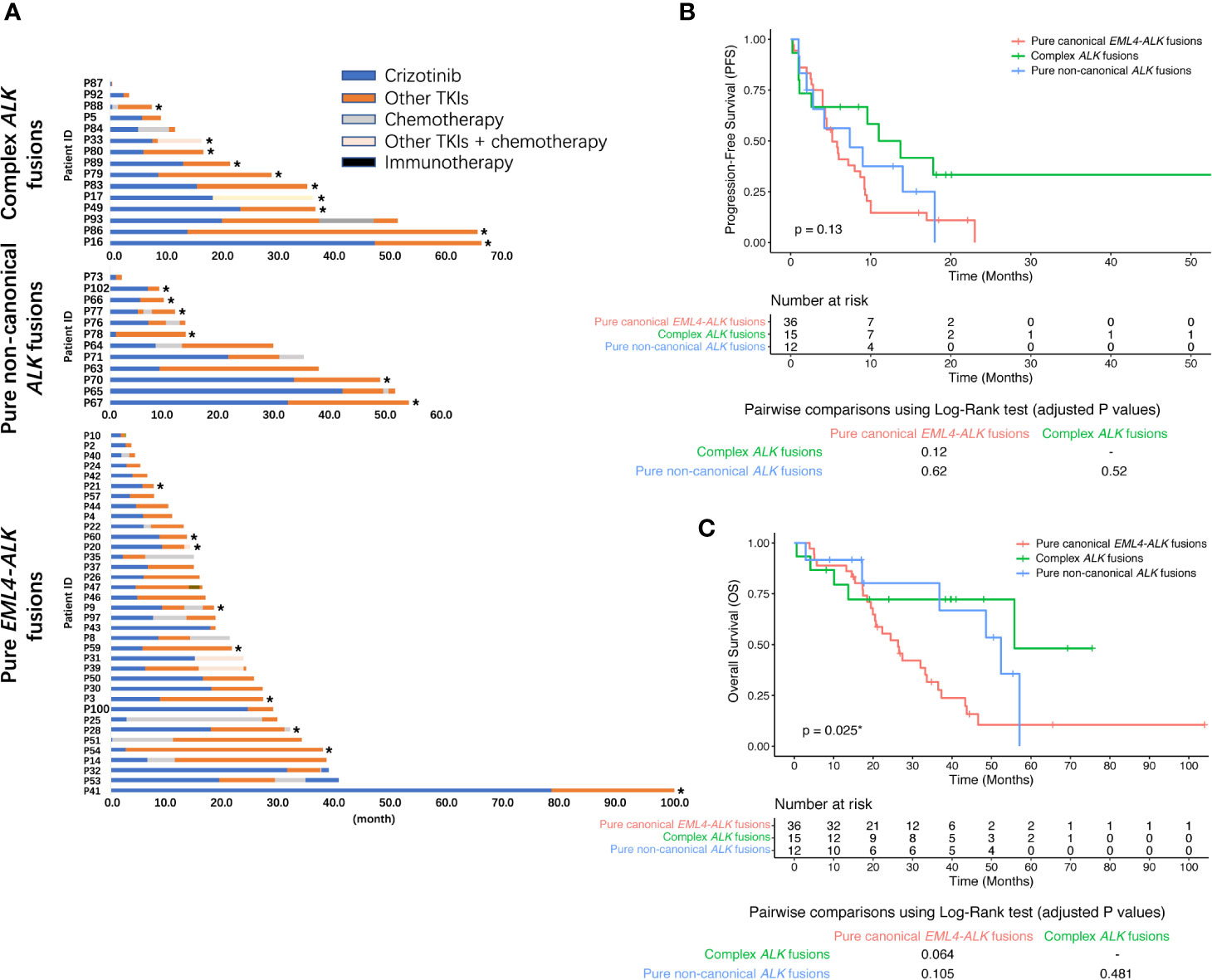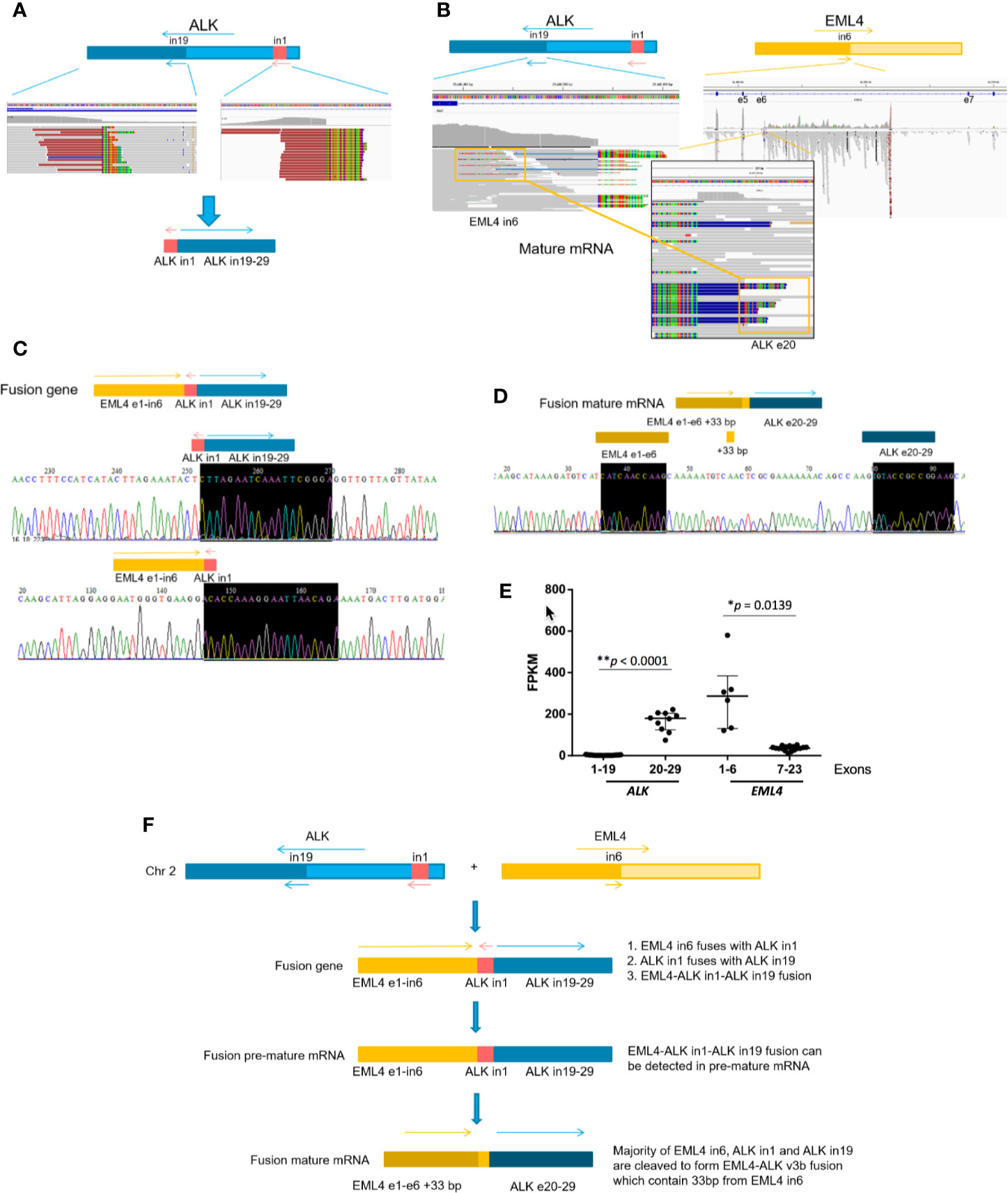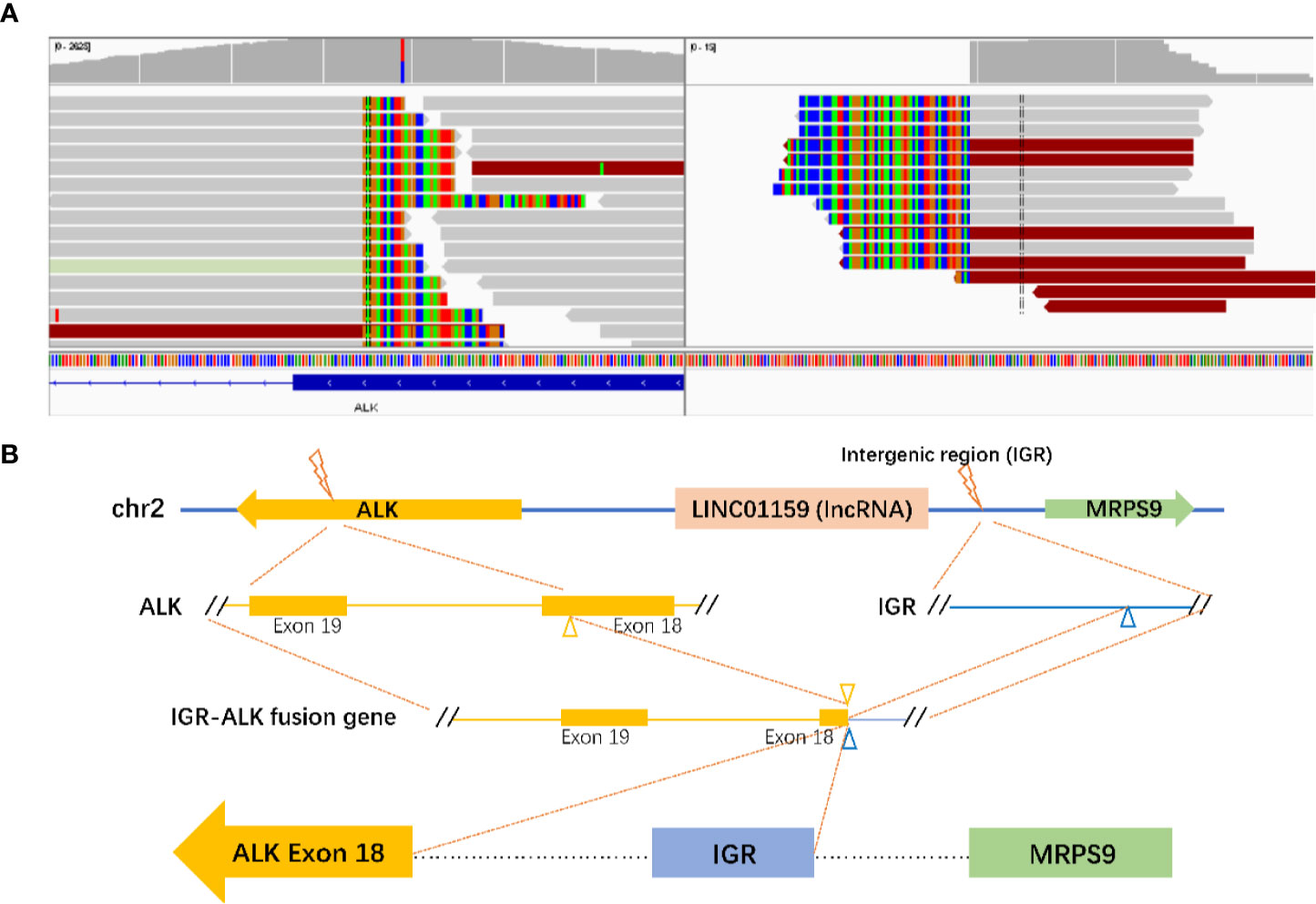Investing in the stock market can sometimes feel like navigating through a complex web of information. Just as investors analyze various factors to make informed decisions, scientists and researchers also delve into intricate details to understand the complexities of diseases, such as cancer.
In recent years, one particular area of interest has been the ALK fusion gene and its role in cancer pathogenesis. In this article, we will explore the significance of ALK fusion in different types of cancers, its implications for therapy, and its potential impact on the world of investing.
ALK Rearrangement
ALK rearrangement is a significant factor in cancer development. The ALK gene, responsible for normal cell development, can undergo genetic alterations that cause it to fuse with other genes. This fusion creates abnormal proteins that drive oncogenic pathways and contribute to the formation of cancer.
In non-small cell lung cancer (NSCLC), around 5% of cases exhibit ALK rearrangement, resulting in constitutive activation of the ALK protein and tumor growth. Understanding this process helps in developing targeted therapies like ALK inhibitors, which block the activity of abnormal ALK fusion proteins.
These inhibitors show promise in treating ALK rearrangement-driven cancers and improving patient outcomes.
Note: The shorter version retains the key points while condensing the information into a more concise paragraph.
Roles of ALK Fusion in Cancer Pathogenesis
ALK fusion plays a vital role in various cancers across different organs. In non-Hodgkin lymphoma, ALK fusion is prevalent and leads to overactivation of cell growth pathways. NSCLC patients with ALK rearrangements have better responses to targeted therapies.
Approximately half of inflammatory myofibroblastic tumors (IMTs) harbor ALK fusions, making them important for diagnosis and potential therapy. ALK rearrangements aid in accurate diagnosis and management of Spitz tumors that resemble melanoma.
Although rare, ALK fusion has been found in renal carcinoma and papillary thyroid carcinoma, leading to targeted treatment options. Gastrointestinal tumors like colorectal cancer and esophageal adenocarcinoma also show ALK fusion. Additionally, ALK fusion has been identified in neuroblastomas, glioblastomas, breast cancer, and other neoplasms.
Ongoing research continues to uncover the complex relationship between ALK fusion and tumorigenesis, guiding diagnostic approaches and new treatments.
Note: The shortened version maintains the key points while condensing the information for brevity without losing the overall meaning or context.
Therapeutic Implications
The identification of ALK fusion in different cancers has significant therapeutic implications. Targeted therapies like crizotinib, ceritinib, and alectinib have shown promise in treating NSCLC patients with ALK rearrangements.
Investors should keep an eye on biotech companies developing targeted therapies for ALK fusion-positive cancers, as there is potential for substantial growth in this sector as clinical trials progress and more data emerges.
These innovative treatments directly target the abnormal protein resulting from ALK fusion, disrupting tumor growth pathways and improving patient outcomes.
Conclusion
[lyte id=’_bJEPf9Jjw8′]


